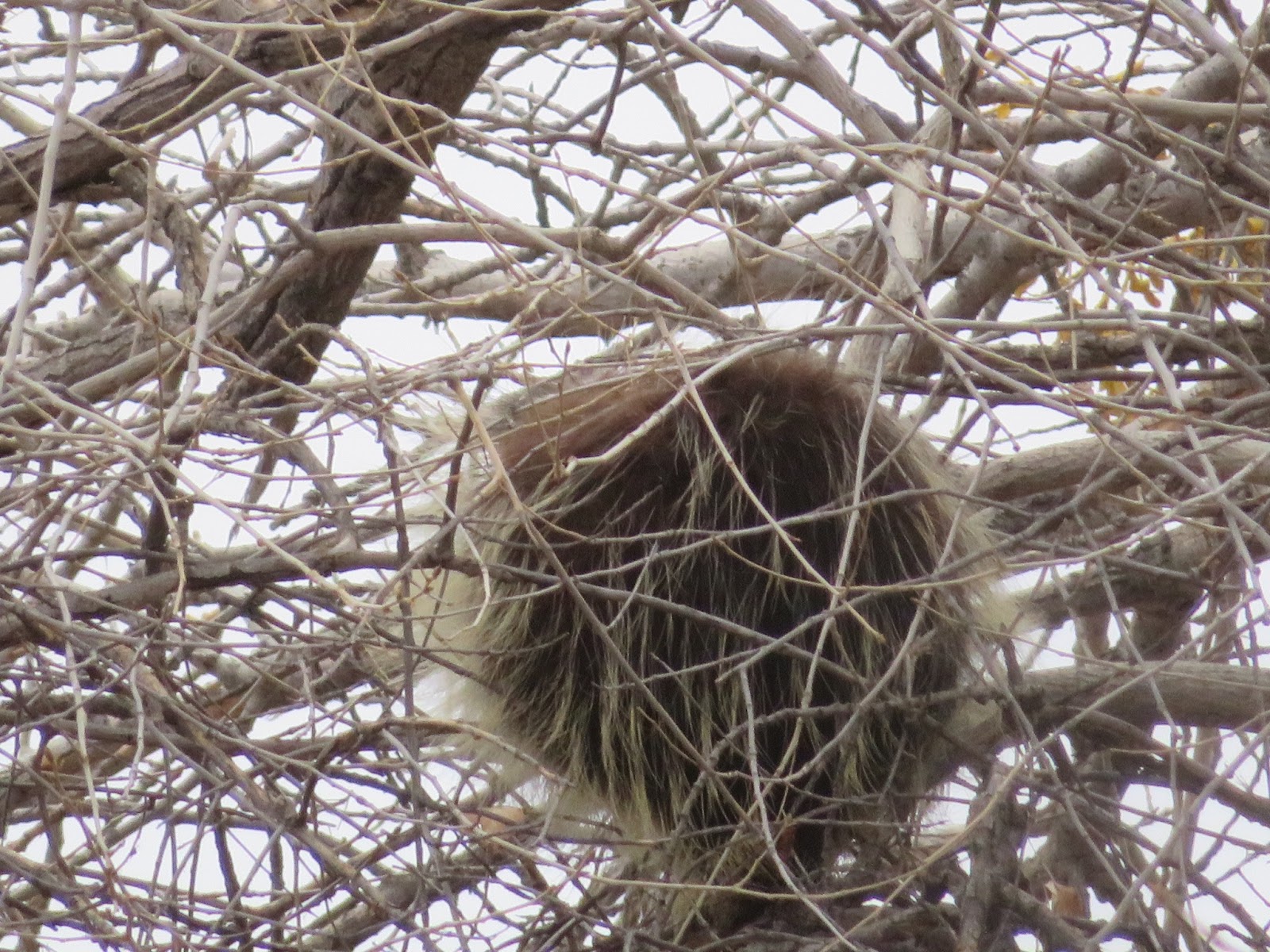Now the soil temperature is above 60 degrees, the plants are growing faster. The flowers have come out and all the ditches are being inspected and repaired for next month's irrigation schedule. The rain this week will reveal a spreading carpet of bright green and the brown dust is washed away from above the tiny sprouts.
The hardy flowers of the annuals are in a big hurry to spread their seeds and die off before the conditions return to dry and dusty. The perennial trees invest in their roots and have resources they can build on. Both growth strategies have survival advantages and they work well together. The delicate plants use the perennials as cover from late frosts. And when the other plants come out, the insects are already prepped.
I would never have noticed this guy except that I was expecting him in this location and at this time. The big head is at the top right of the picture, with the backbone ridge of the carapace running diagonally down to the bottom left. A common snapping turtle. I hope these guys get left alone this year, they hide well, but are easily disturbed especially when nesting.
This is not the usual big guy who fishes this spot. He's an opportunist taking advantage of recent fish migrations of bluegill. A little out of focus, but I always like seeing these guys.
This ball of fur is a north American porcupine sleeping it out in one of the tallest trees he could find. These guys are more fur their spines. The African porcupines don't climb trees. There is also a species in South America with shorter spines and a long tail. Our guys have a short stub of a tail.
Great horned owls are voracious predators of most small animals. Like all owls, they do not digest the feathers and bones of their prey, but regurgitate them back in a dry vomit ball. This owl pellet is a great way to see where the owls are and what they are eating.
Most mammals have acute hearing and leave the area long before humans get to see them. The dry dust along the ditches do tell a story though. Most mammals have long thin paws, which is why this big paw pad caught my attention. It is wider than long and looks very different, clearly a bobcat.
I spent a lot of time examining these holes in the historical cottonwoods on the east La Entrada road. I thought I had found a wasp nest. Looking at the pictures now, it looks like an old plastic rawl plug that the bark grew around. Oh well, learning experience there.
The variety of moths is increasing and hopefully they will entice the bats to come out of hibernation soon. it actually takes a lot of work to get a good live picture of a moth, even when they are sluggish from the cold like this one.
The MRGCD continues to shave the brush. You can see the dry dust from the continuing drought being kicked up. When the brush is heavy, the shelter they provide brings a lot of reptiles in close contact with humans, which very few people want.









No comments:
Post a Comment